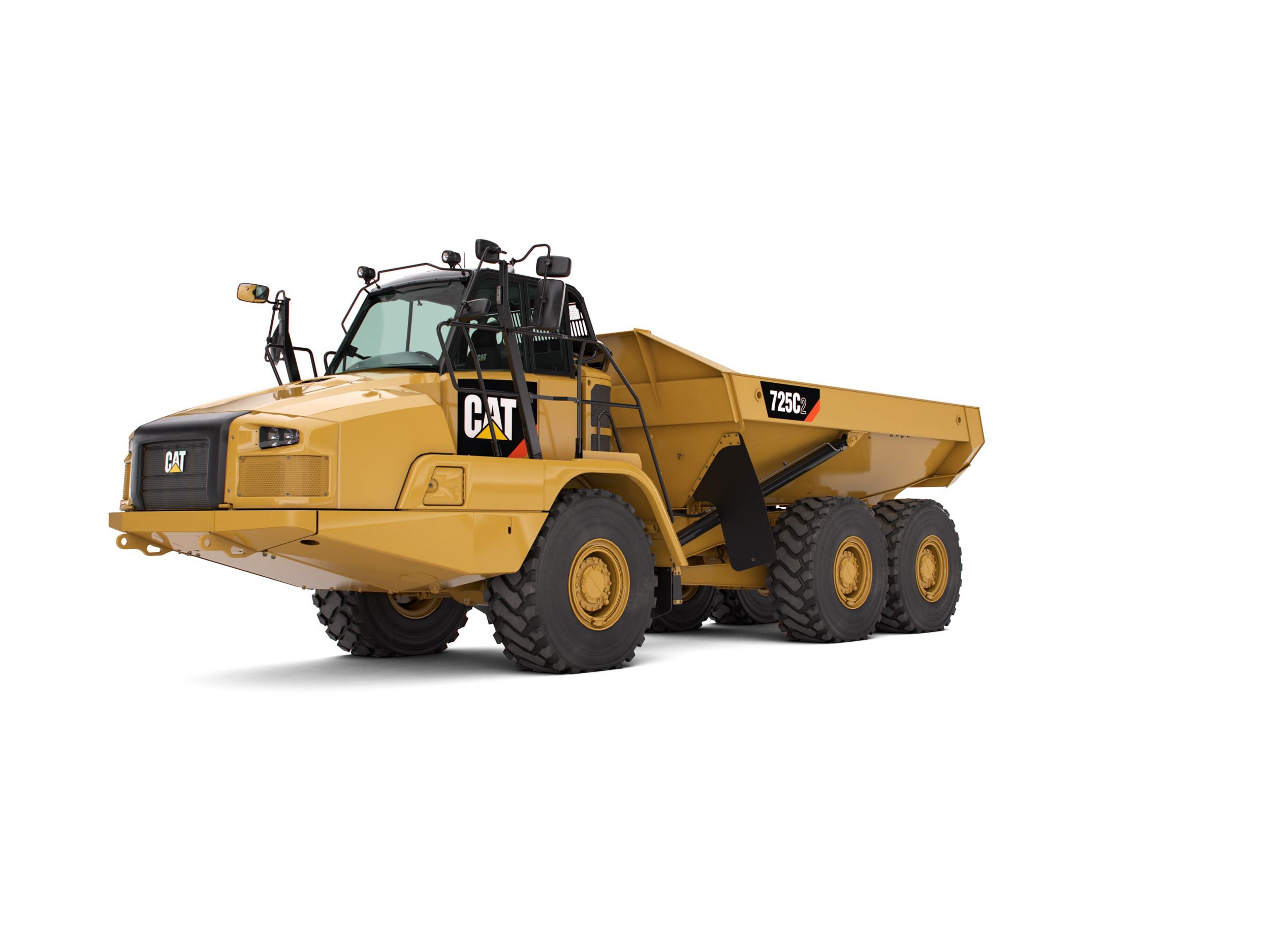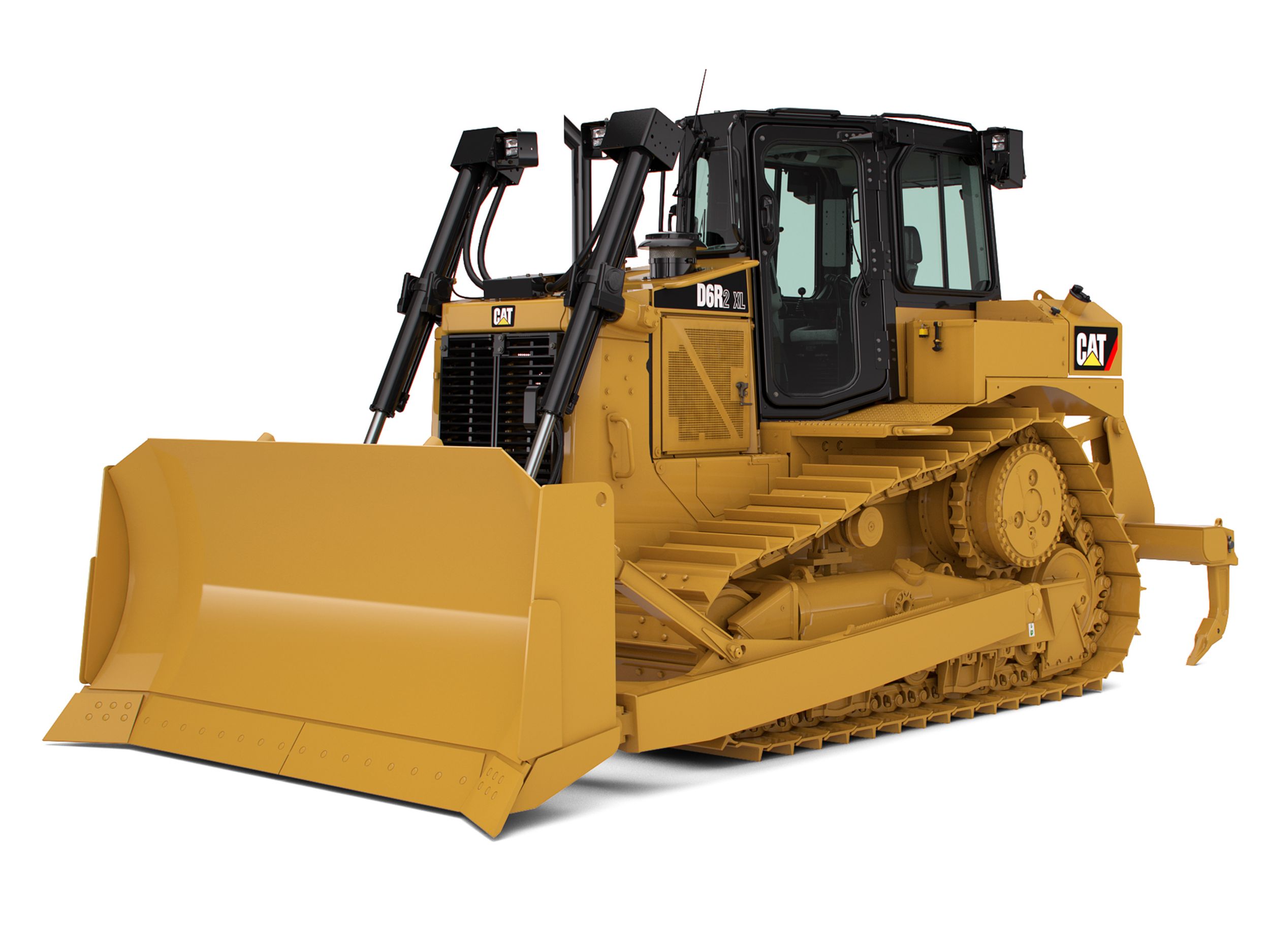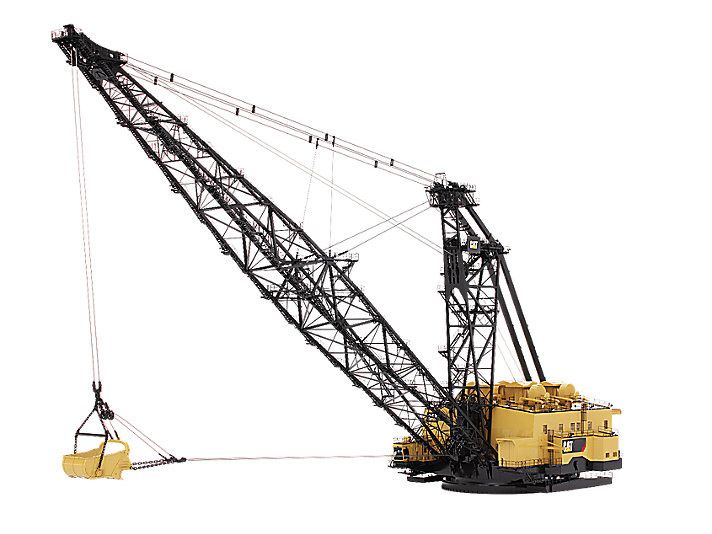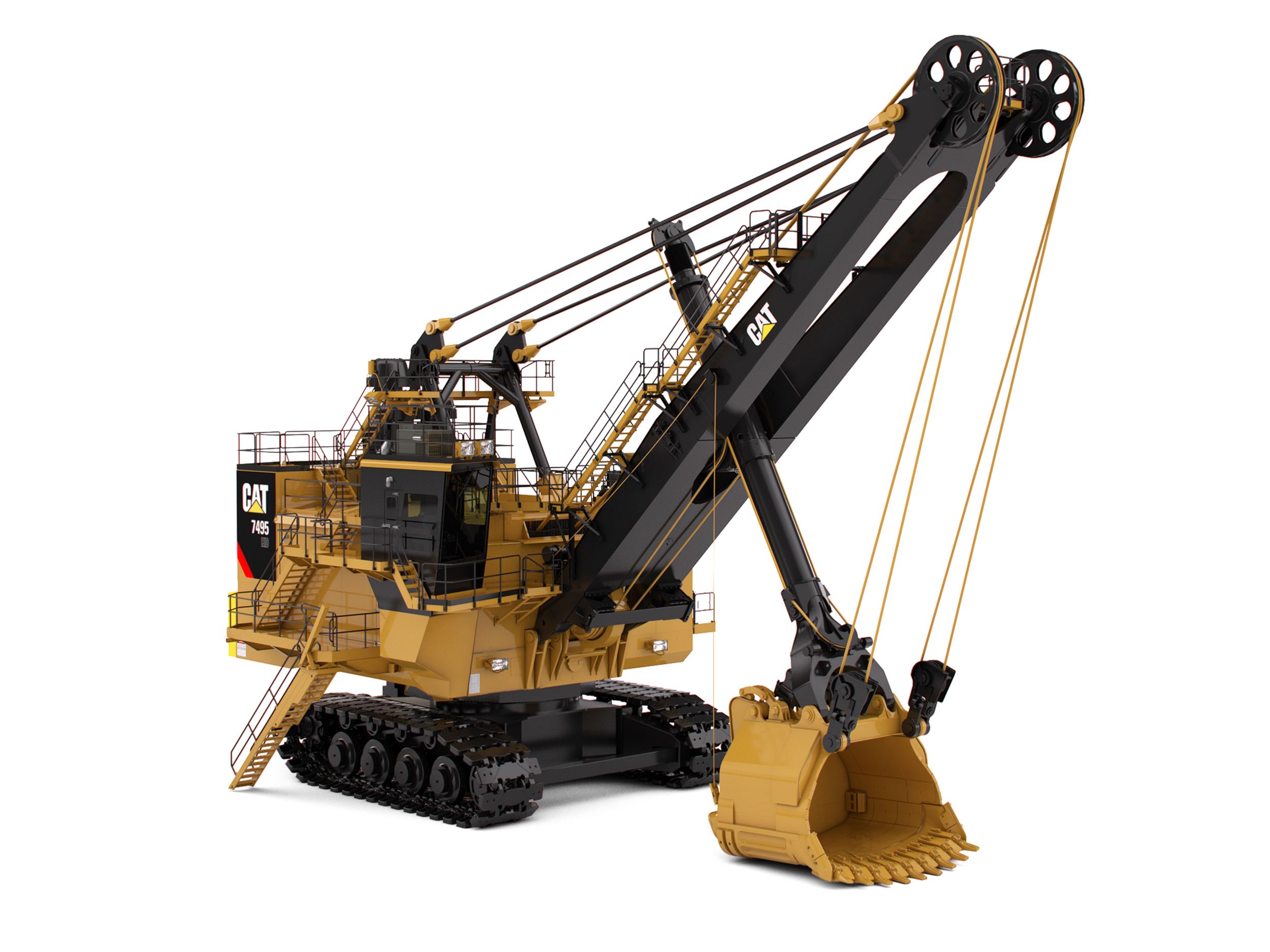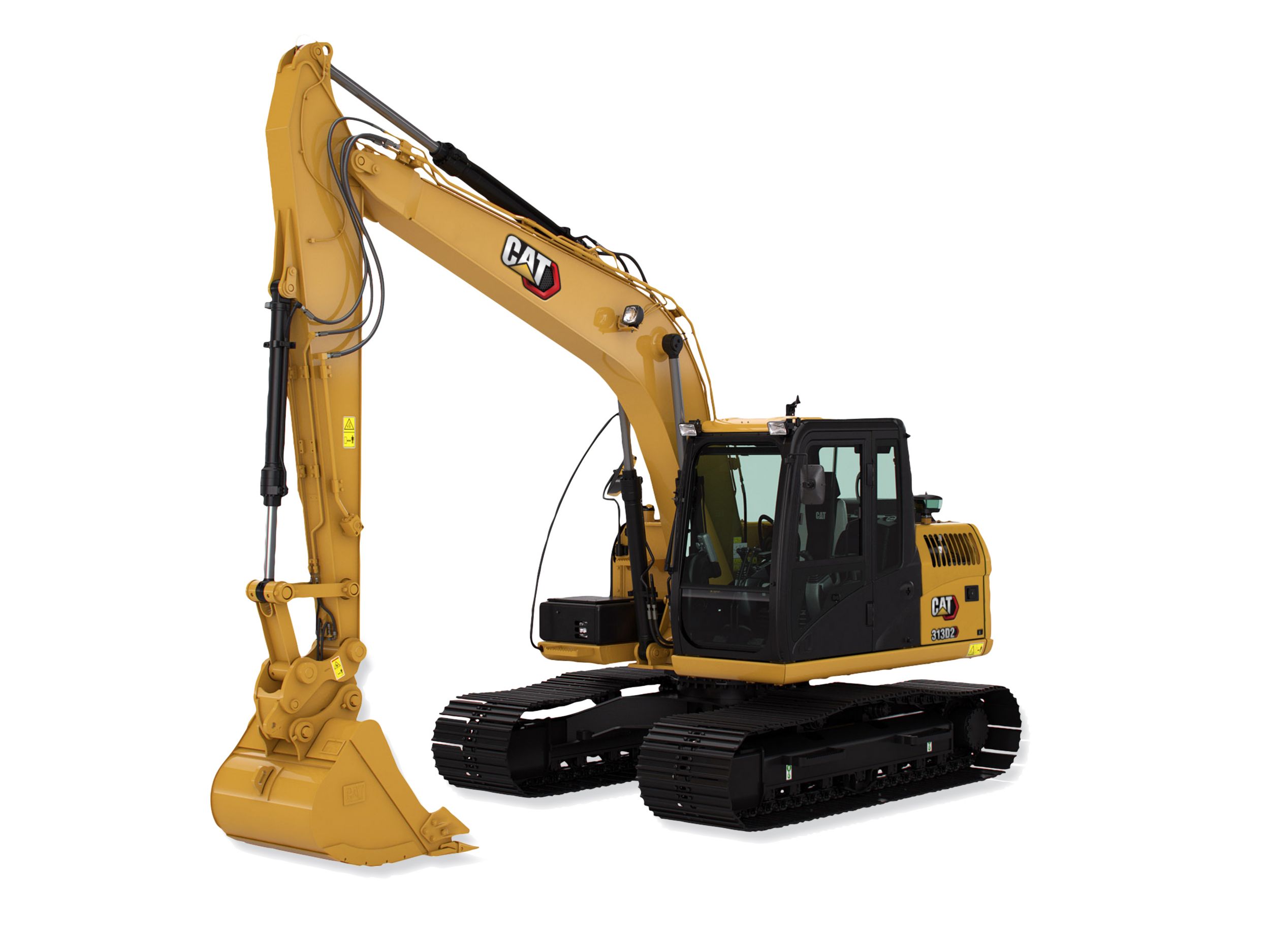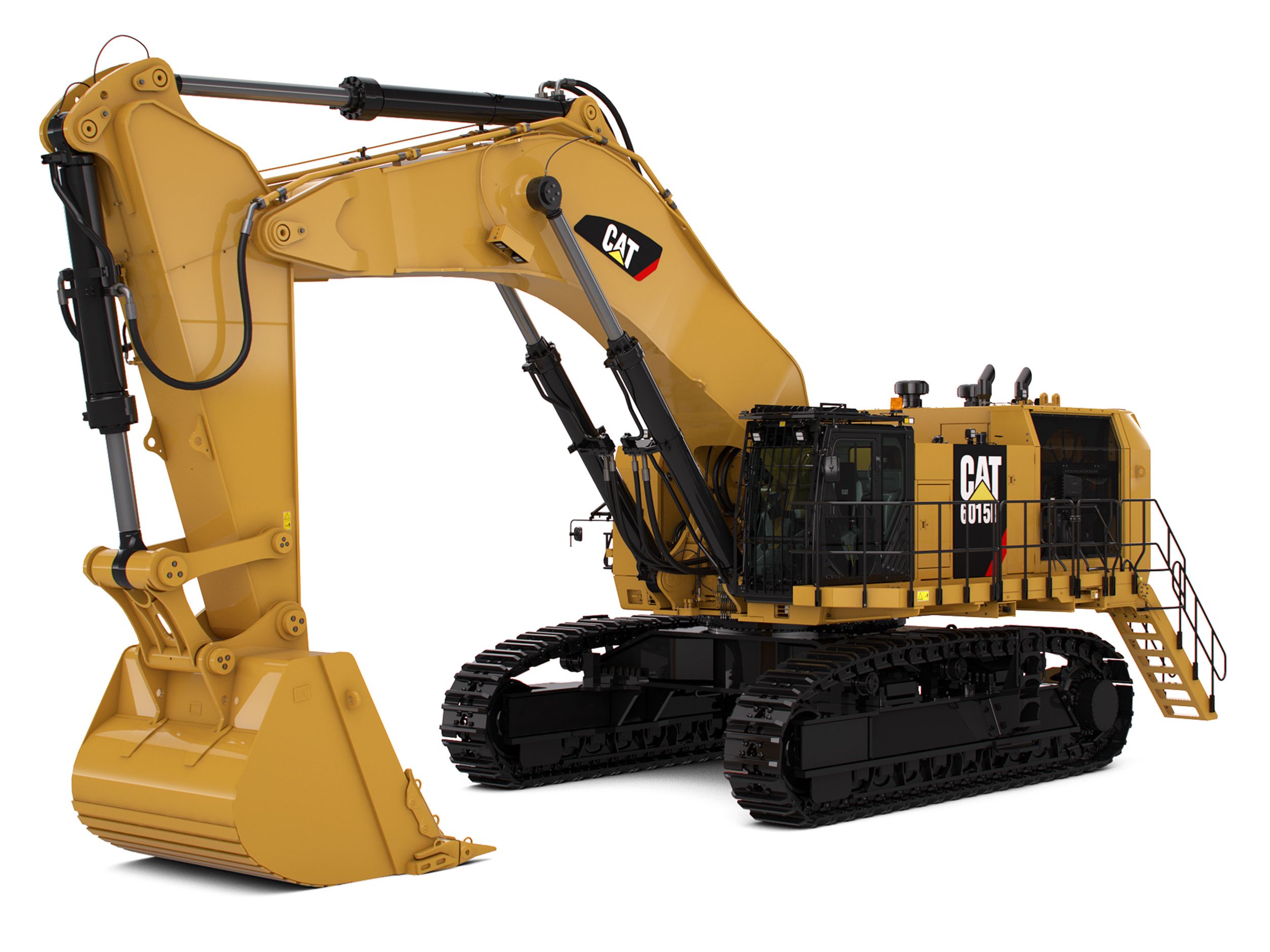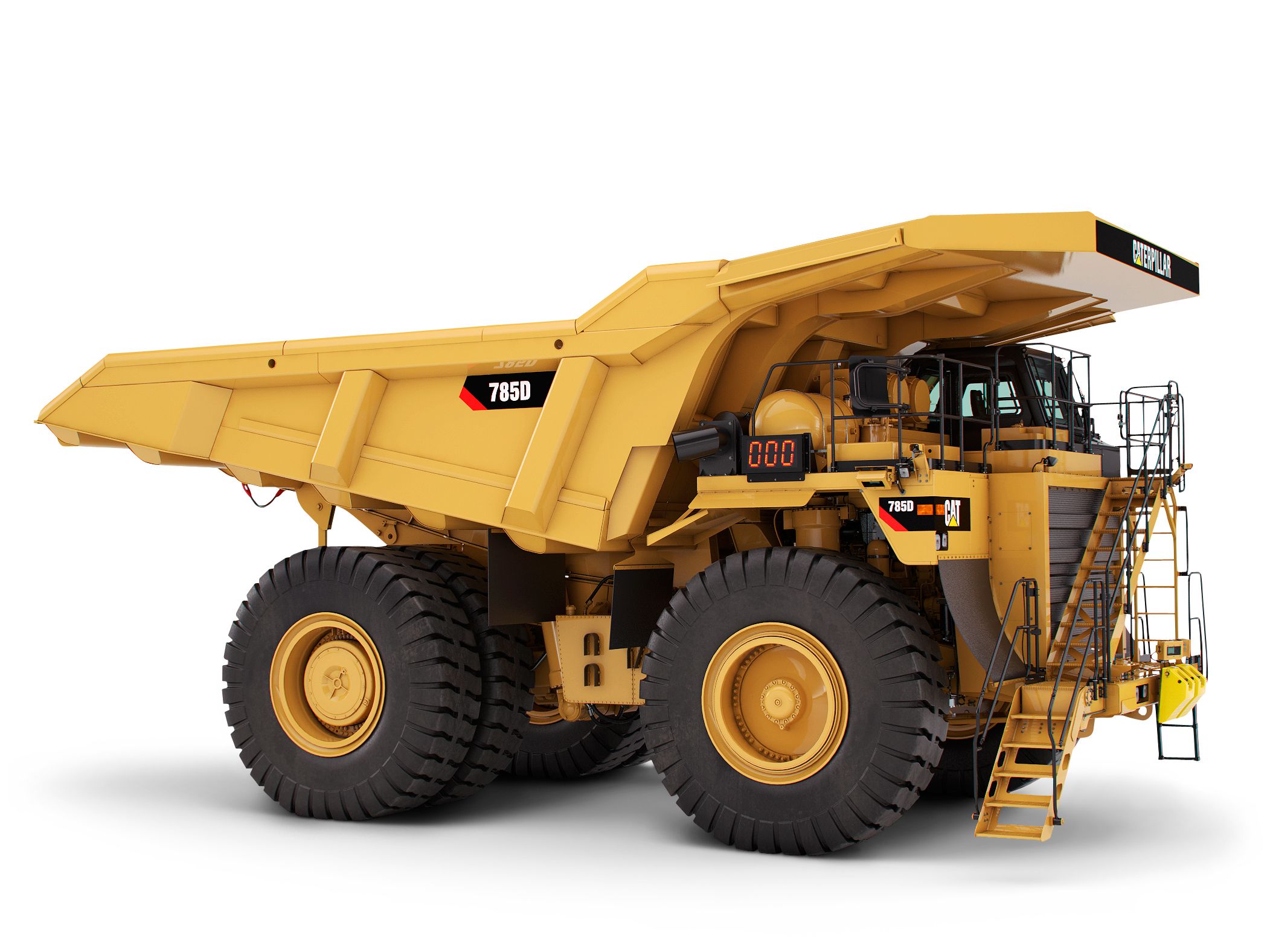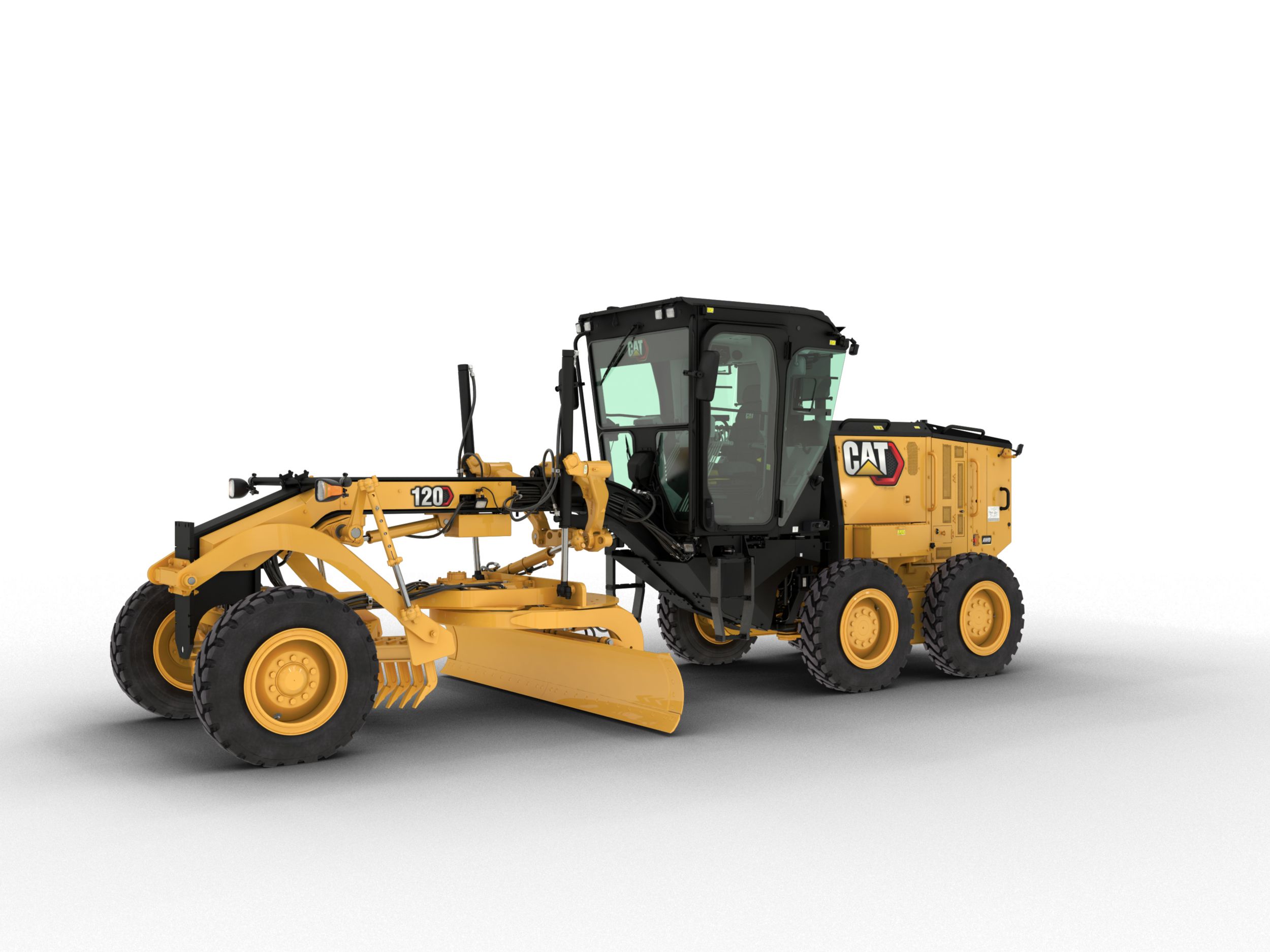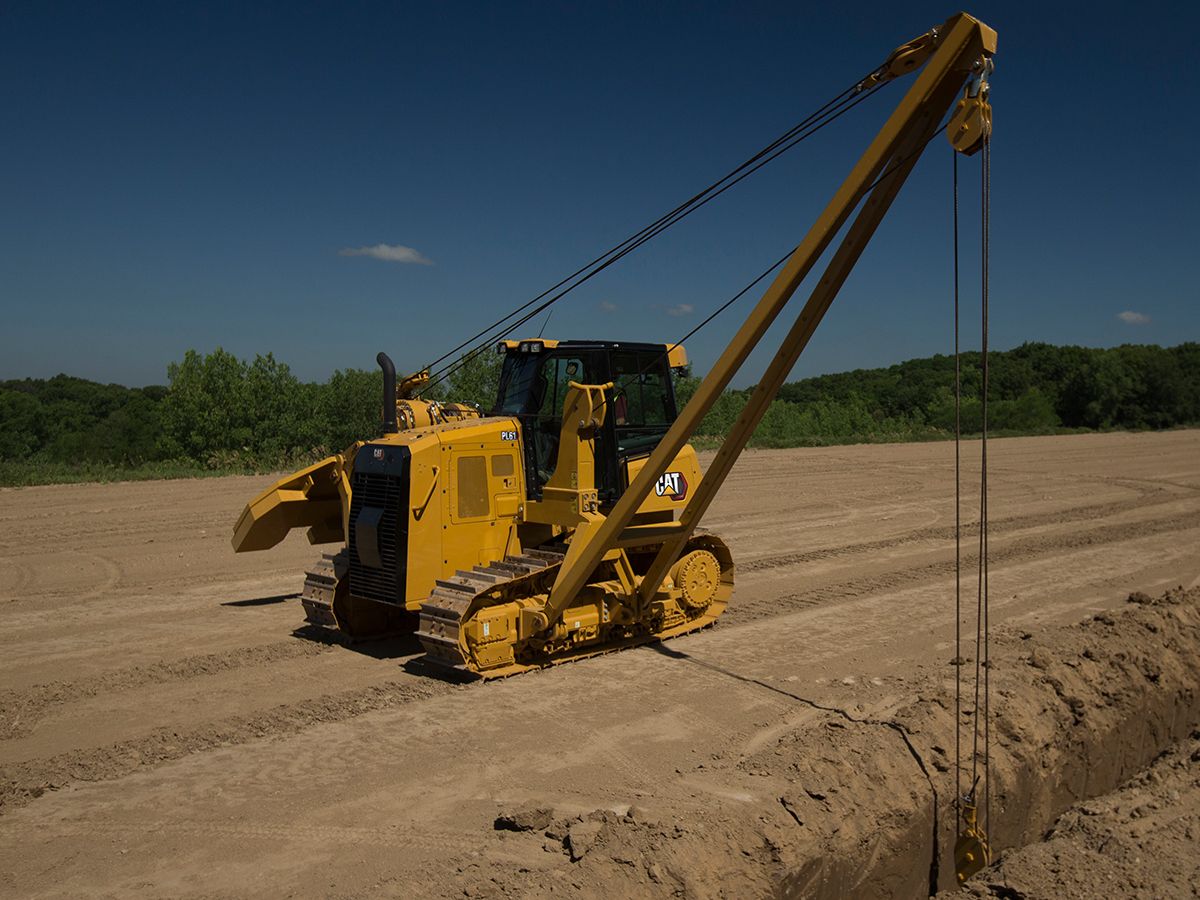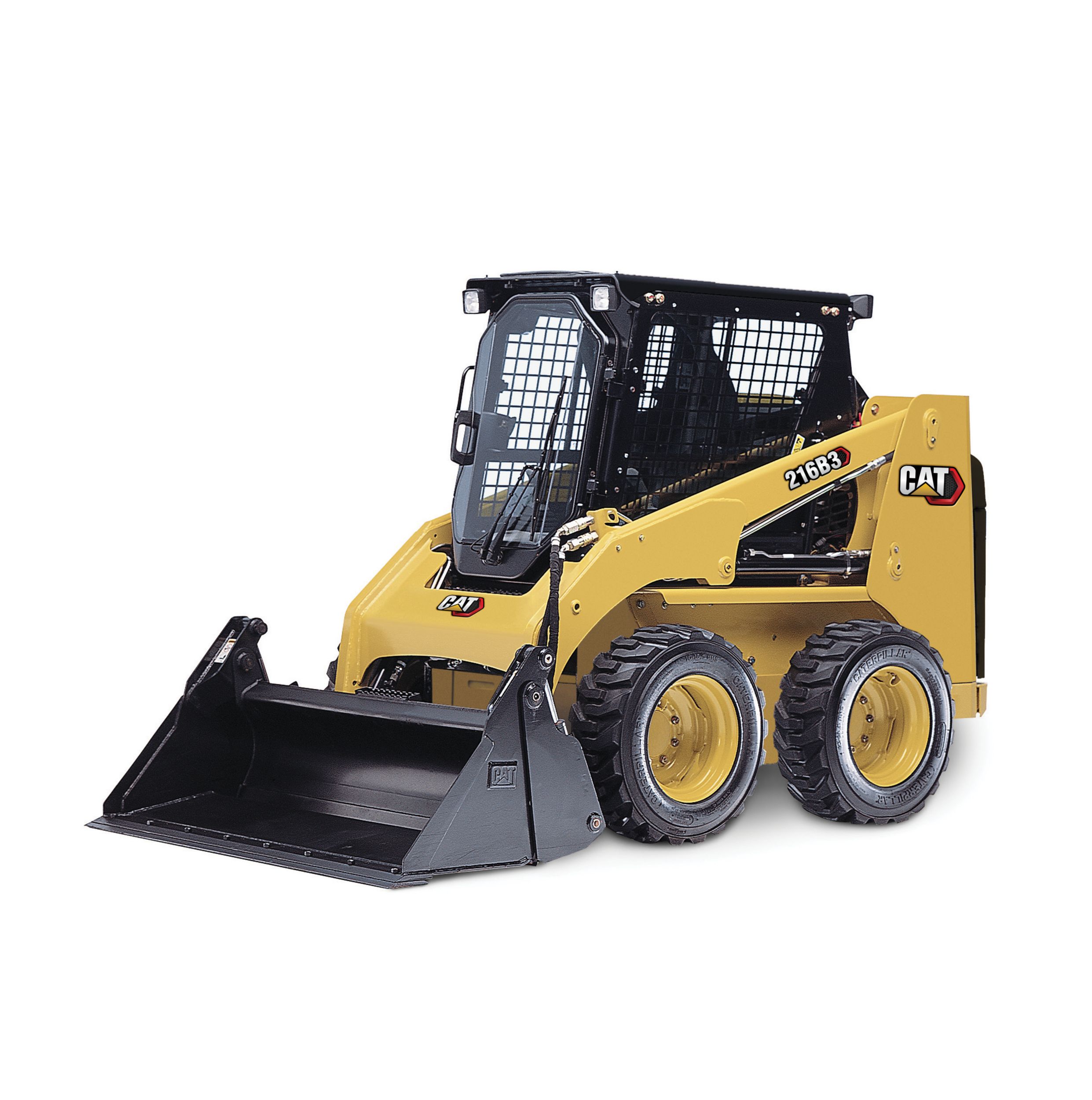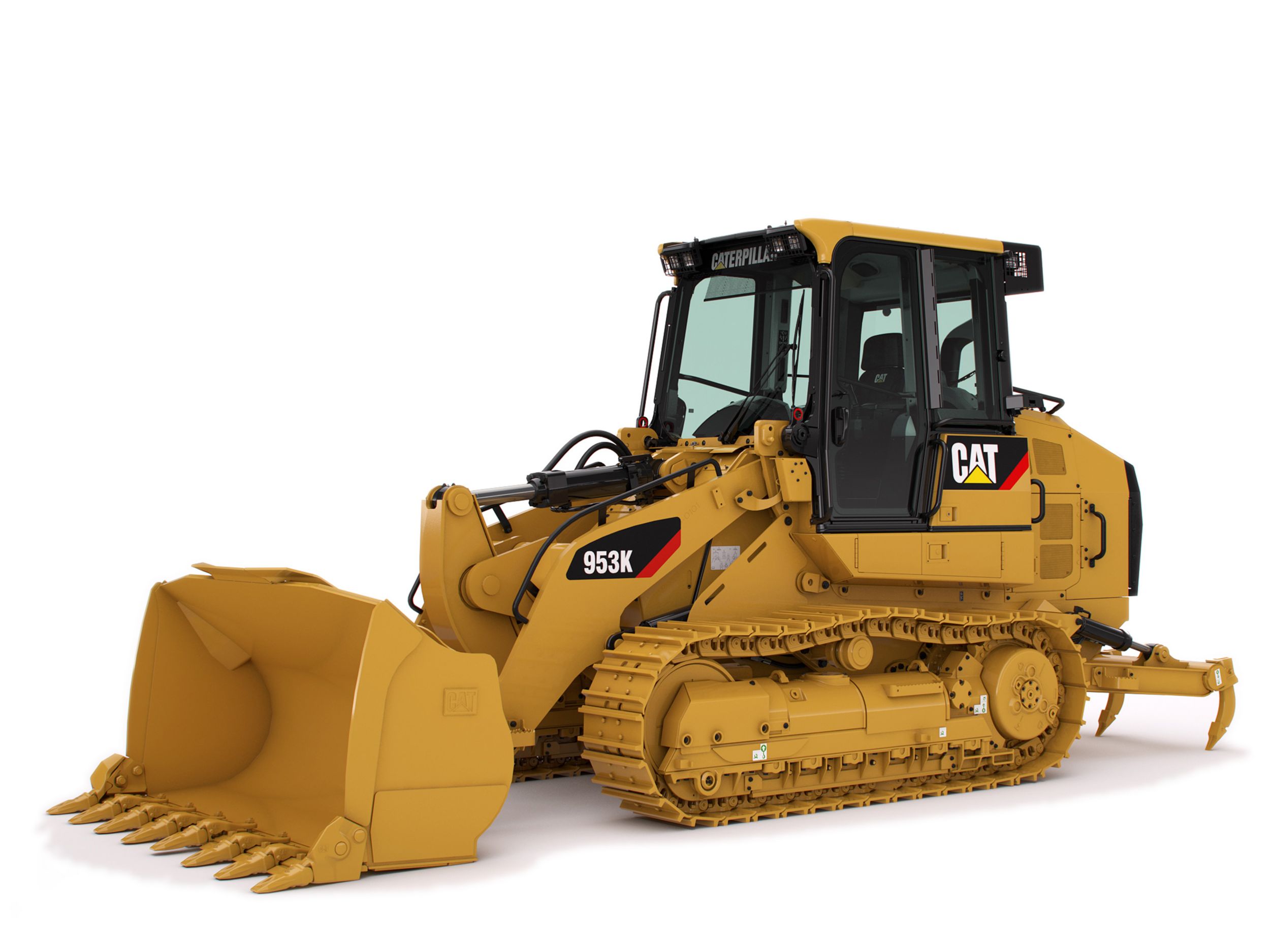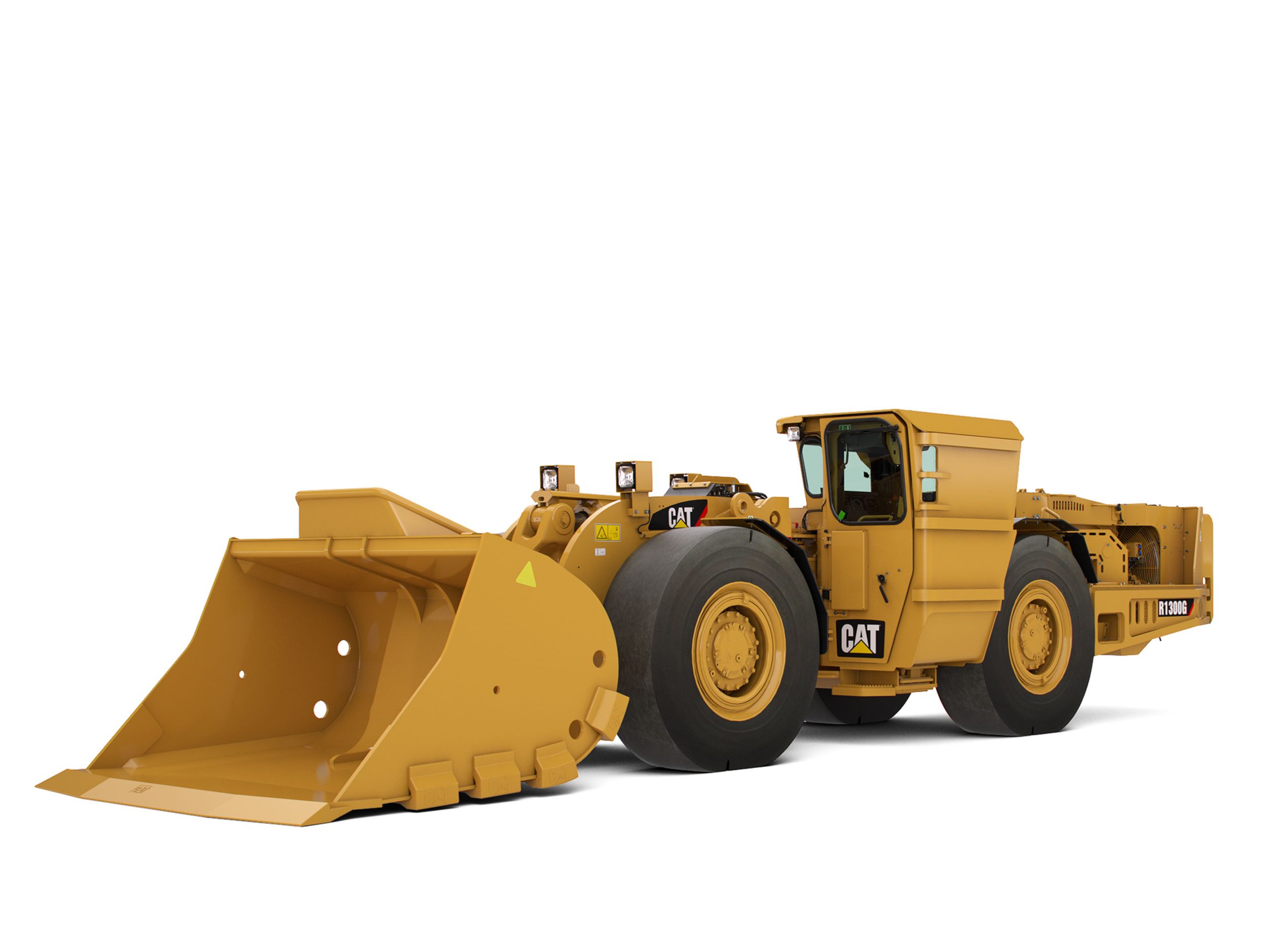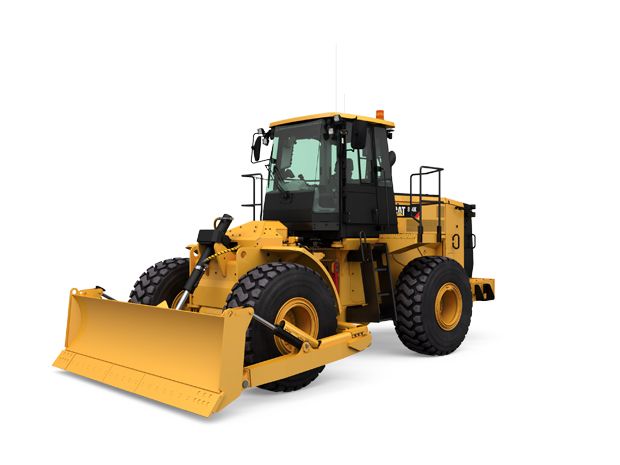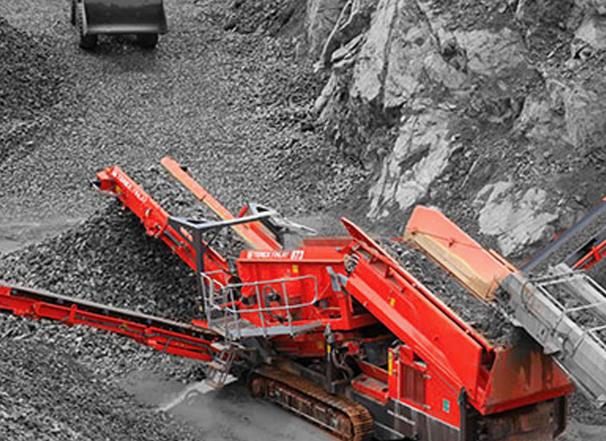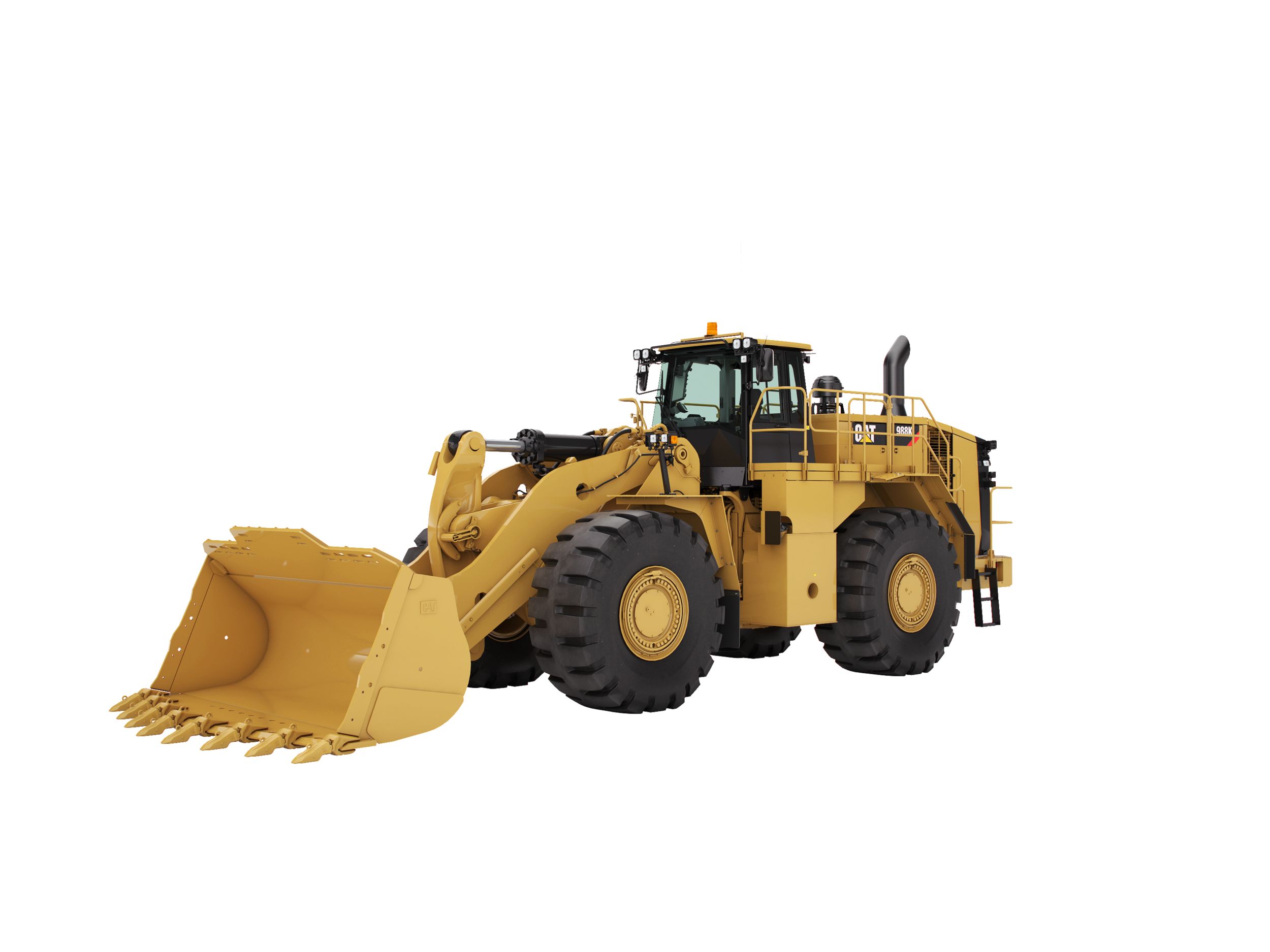Select an equipment from the dropdown below:
Wheel Loaders
Whether you need a wheel loader for use in landscaping, agricultural, construction, waste management, forestry, or mining applications - Cat® wheel loaders make your material handling and loading jobs safer, faster, more precise and profitable.
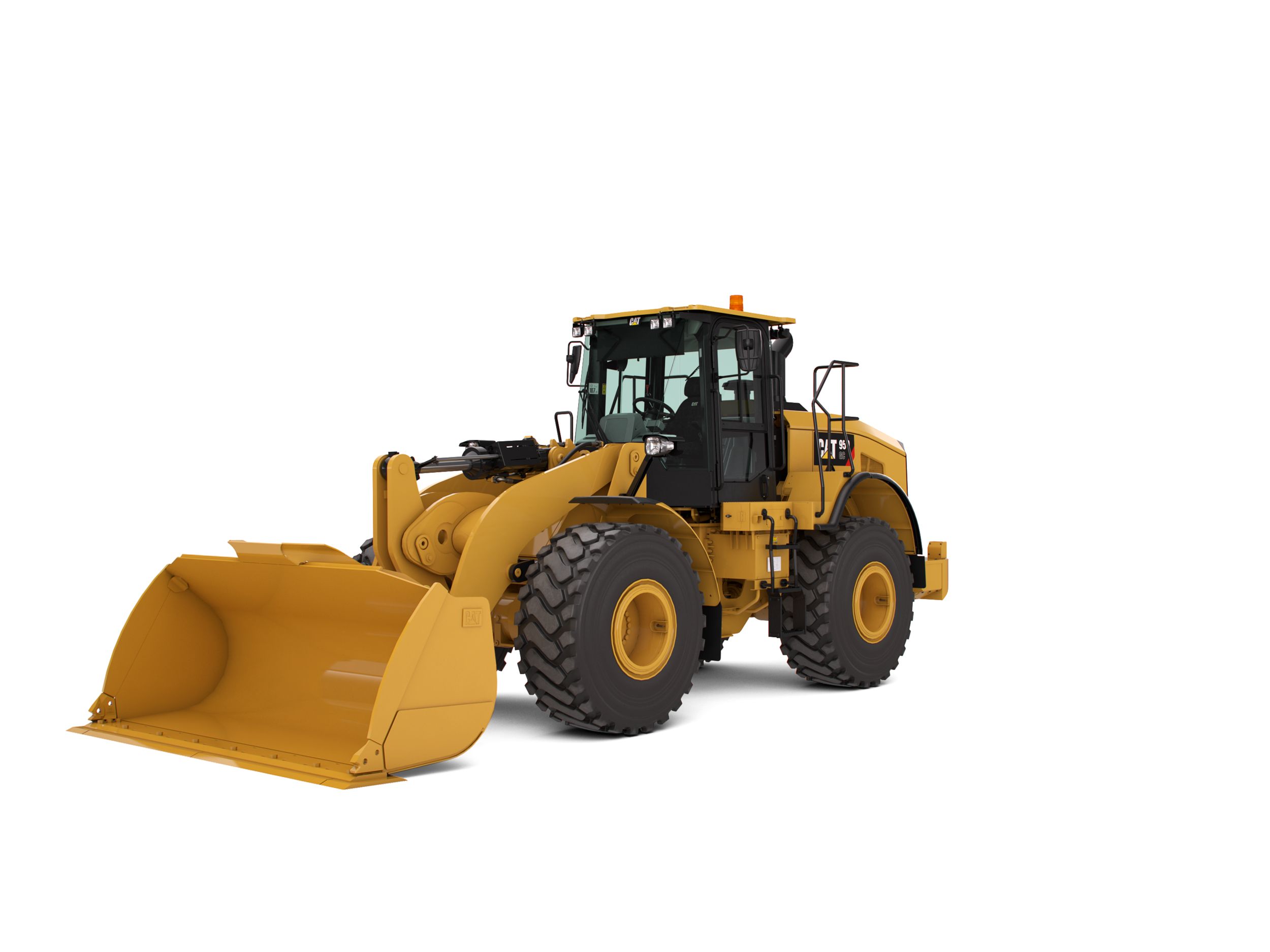
Small Wheel Loader
HINDUSTAN 2021E
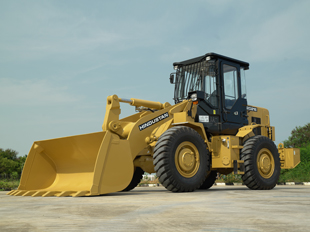
133HP
475 Nm Operating Weight
4 Stroke, 6 Cylinder
Medium Wheel Loaders
950 GC Wheel Loader

Net Power - ISO 9249
151 kW
Operating Weight
18676 kg
Bucket Capacities
2.5 m³ to 4.4 m³ (3.3 yd³ to 5.75 yd³)
950L Wheel Loader

Net Power - ISO 9249
185 kW
Operating Weight
18136 kg
Bucket Capacities
2.7-4.4 m³ (3.5-5.8 yd³)
966L Wheel Loader

Net Power - ISO 9249
207 kW
Operating Weight
23220 kg
Bucket Capacities
3.20-7.40 m³ (4.19-9.68 yd³)
972L Wheel Loader
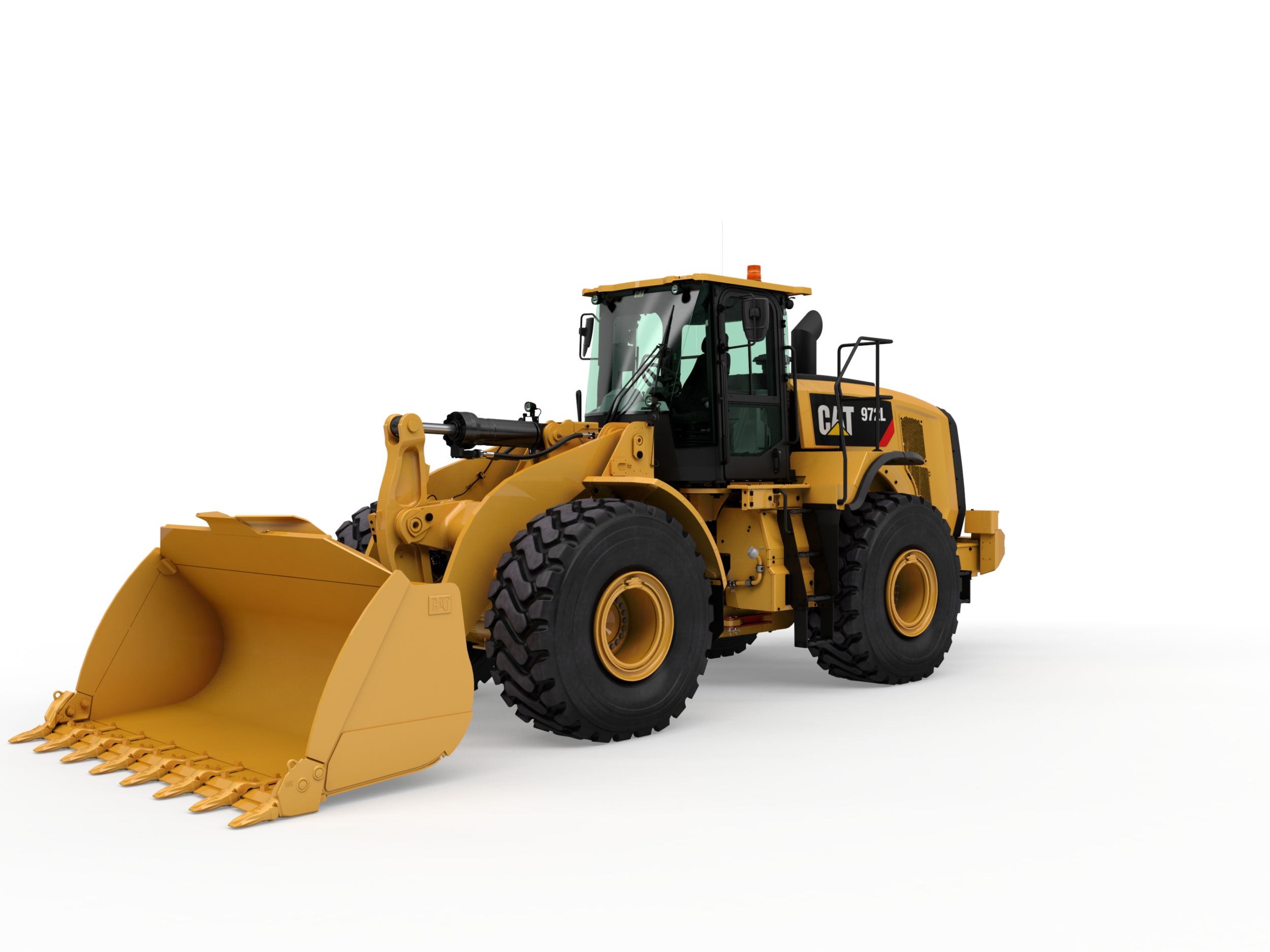
Net Power - ISO 9249
222 kW
Operating Weight
24897 kg
Bucket Capacities
3.40-9.90 m³ (4.45-12.95 yd³)
980L Wheel Loader
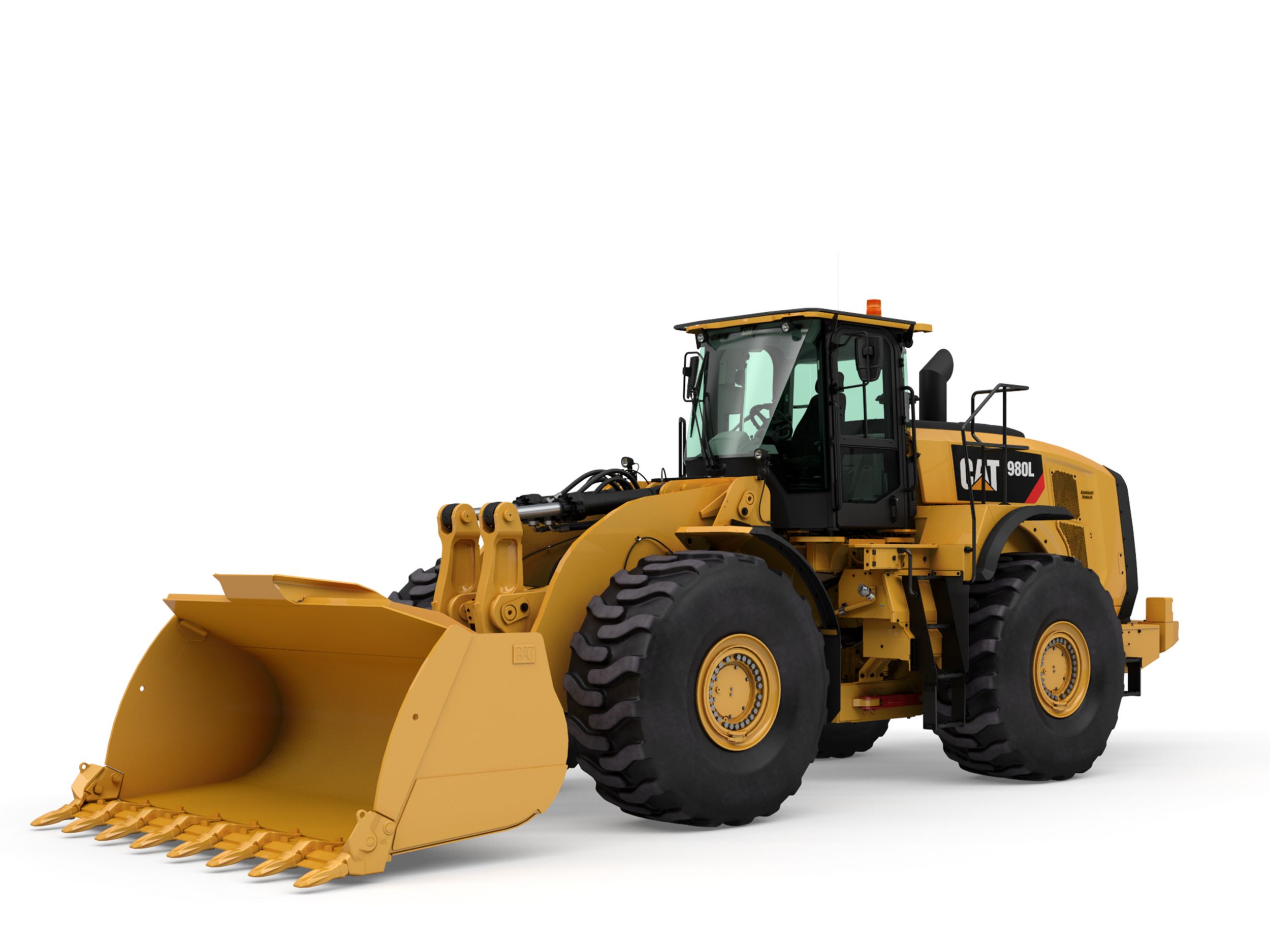
Net Power - ISO 9249
278 kW
Operating Weight
30090 kg
Bucket Capacities
4.2-12.2 m³ (5.5-16.0 yd³)
Large Wheel Loaders
986K Wheel Loader
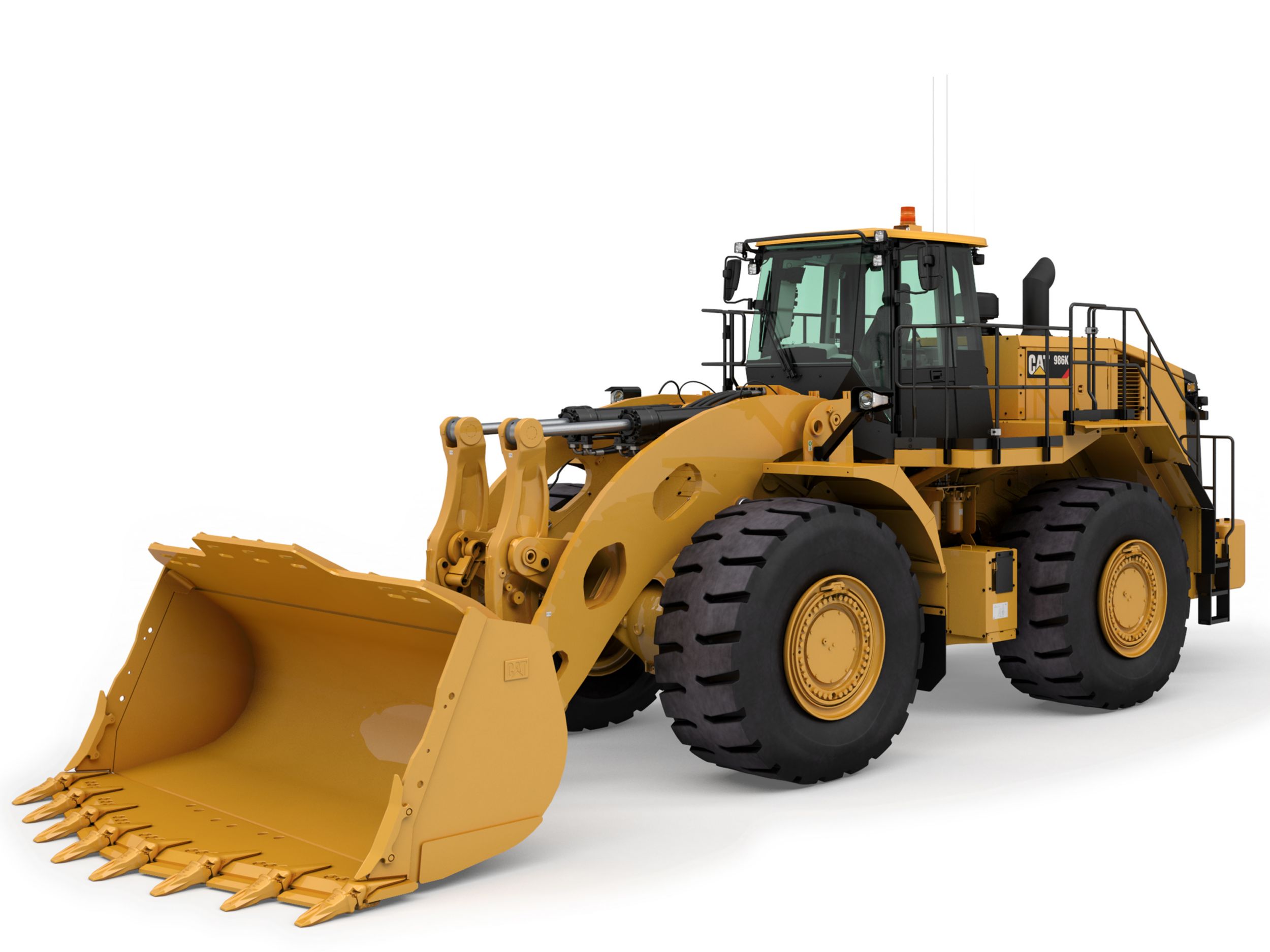
Net Power
278 kW
Operating Weight
44818 kg
Bucket Capacities
5-10,3 m³ (6,5-13,5 yd.³)
988K Wheel Loader
990K Wheel Loader
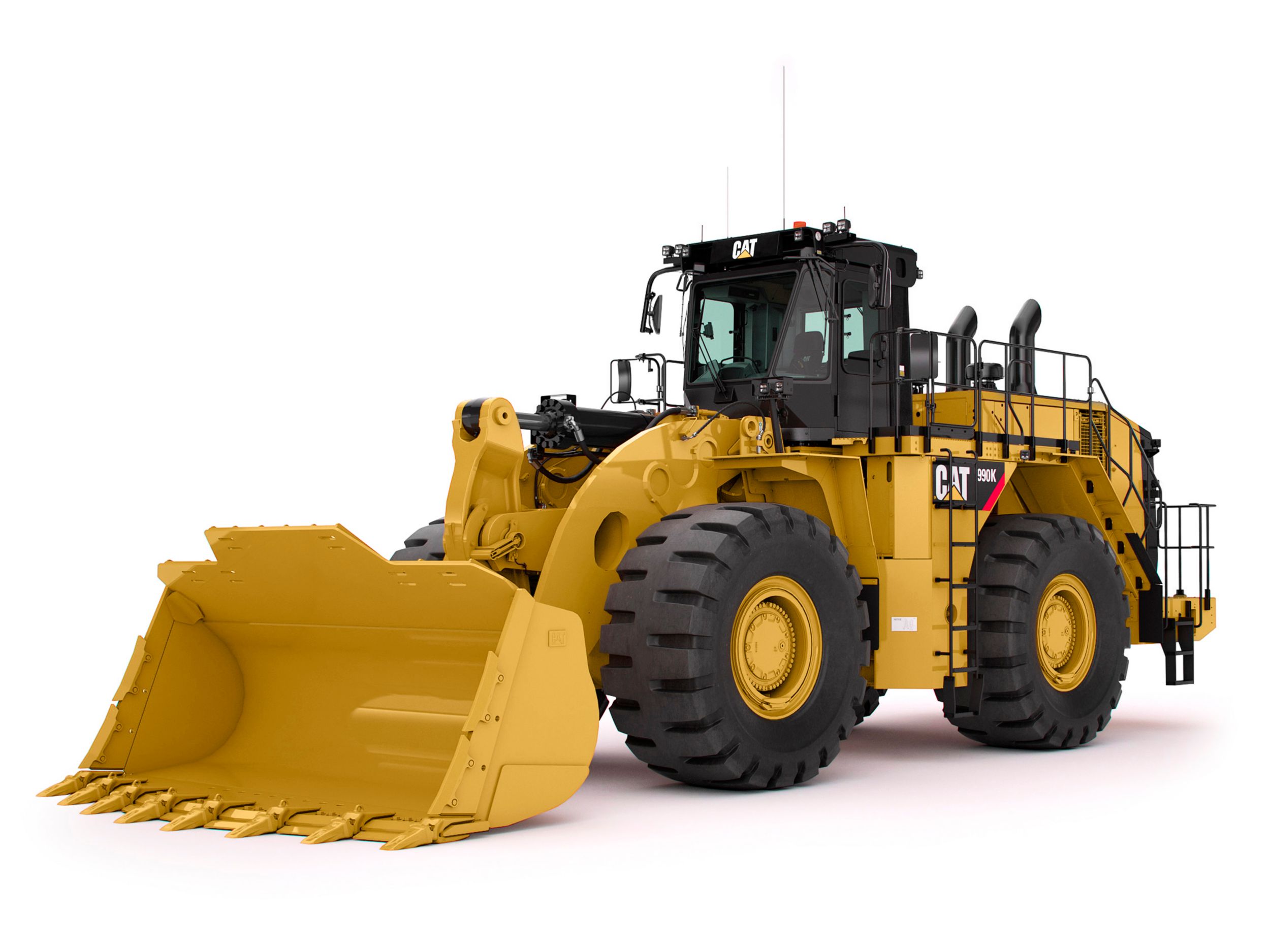
Net Power
521 kW
Operating Weight
80974 kg
Bucket Capacities
7,4-14,9 m³ (9,7-19,5 yd.³)
992K Wheel Loader
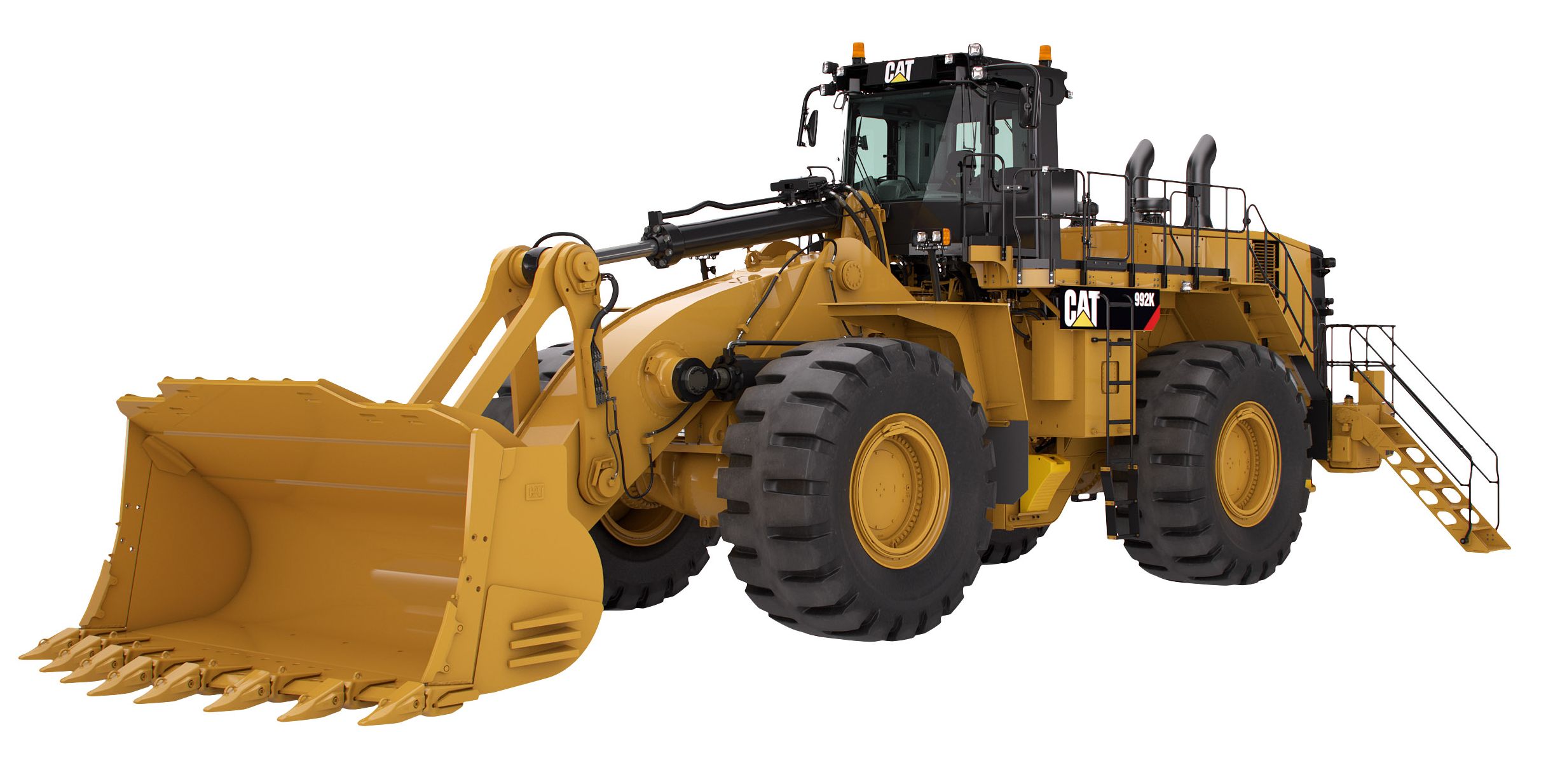
Net Power
607 kW
Operating Weight
99831 kg
Bucket Capacities
10.7-12.3 m3 (14-16 yd3)
993K Wheel Loader
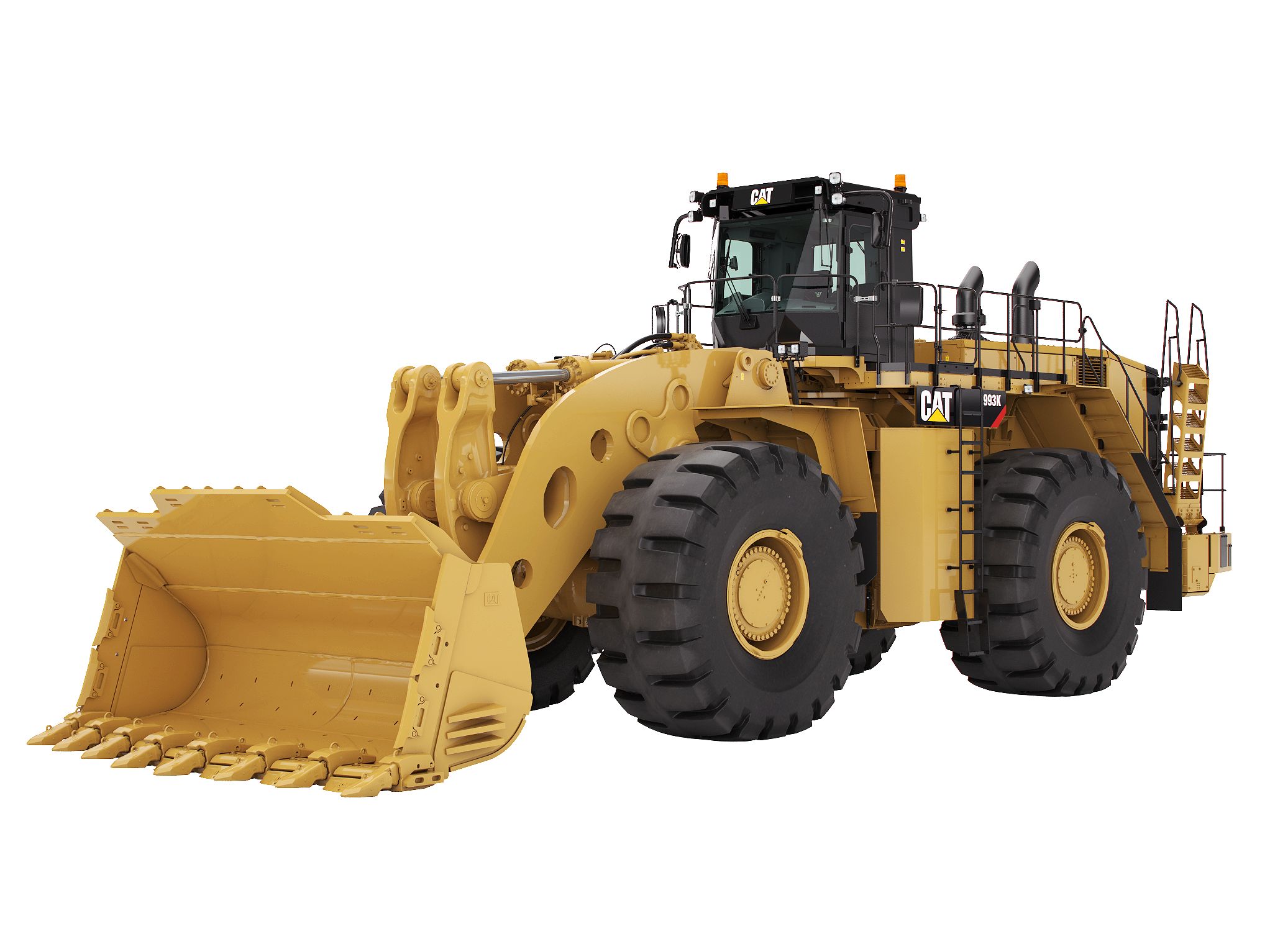
Net Power
726 kW
Operating Weight
133668 kg
Bucket Capacities
12.2-23.7 m3 (16.0-31.0 yd3)
994K Wheel Loader
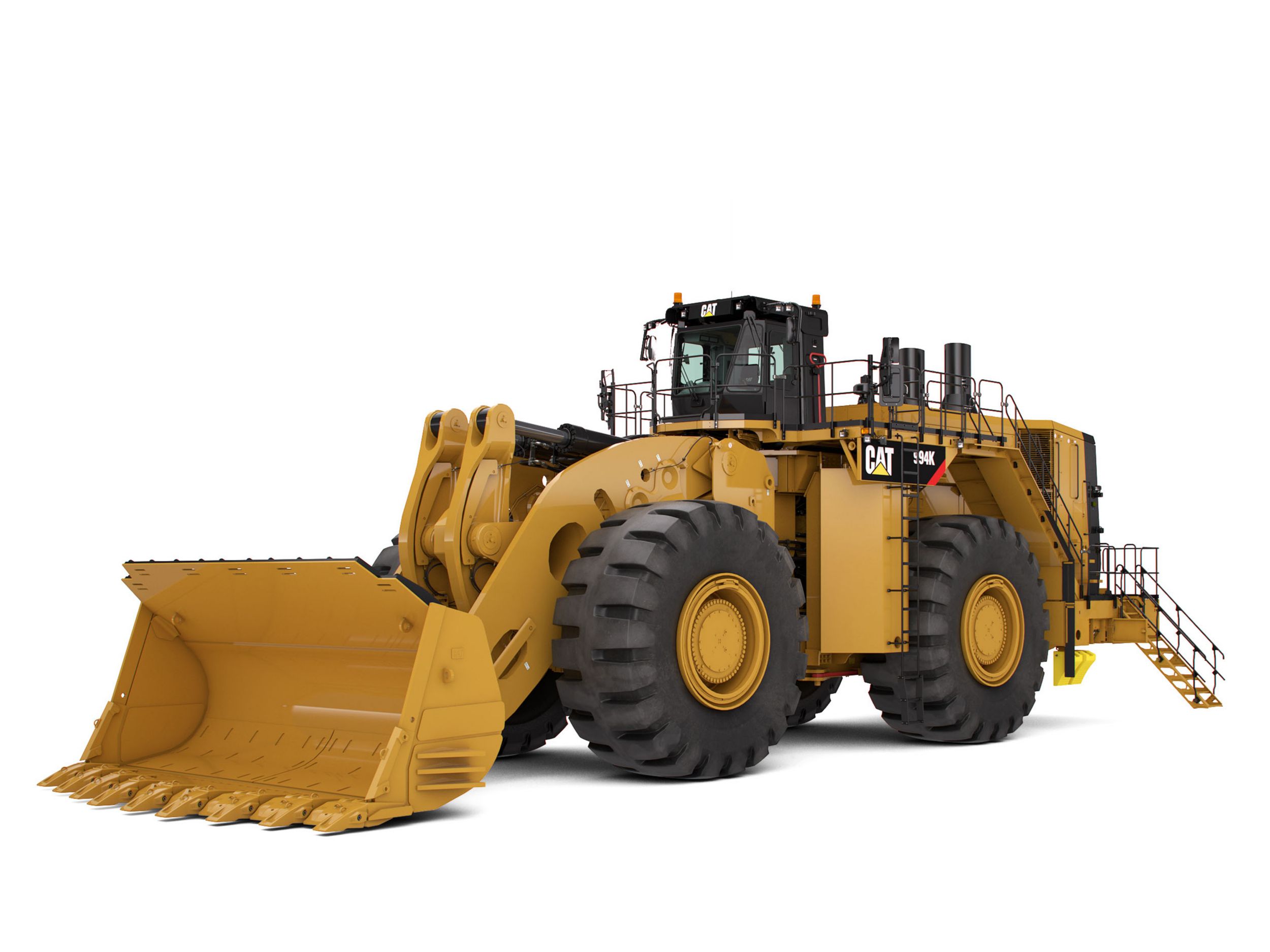
Net Power
1297 kW
Operating Weight
242605 kg
Bucket Capacities
19.1-24.5 m3 (25-32 yd3)
950 GC Wheel Loader

151 kW
18676 kg
2.5 m³ to 4.4 m³ (3.3 yd³ to 5.75 yd³)
950L Wheel Loader

185 kW
18136 kg
2.7-4.4 m³ (3.5-5.8 yd³)
966L Wheel Loader

207 kW
23220 kg
3.20-7.40 m³ (4.19-9.68 yd³)
972L Wheel Loader

222 kW
24897 kg
3.40-9.90 m³ (4.45-12.95 yd³)
980L Wheel Loader

278 kW
30090 kg
4.2-12.2 m³ (5.5-16.0 yd³)
986K Wheel Loader

278 kW
44818 kg
5-10,3 m³ (6,5-13,5 yd.³)
988K Wheel Loader
990K Wheel Loader

521 kW
80974 kg
7,4-14,9 m³ (9,7-19,5 yd.³)
992K Wheel Loader

607 kW
99831 kg
10.7-12.3 m3 (14-16 yd3)
993K Wheel Loader

726 kW
133668 kg
12.2-23.7 m3 (16.0-31.0 yd3)
994K Wheel Loader

1297 kW
242605 kg
19.1-24.5 m3 (25-32 yd3)
A wheel loader is a heavy construction machine characterized by a front-mounted bucket on a hinged boom, supported by large, rugged wheels. Primarily used in material handling tasks, such as loading and transporting bulk materials like soil, gravel, or sand, wheel loaders are versatile in various industries. These robust machines are equipped to swiftly maneuver and transfer substantial loads, contributing to efficiency in construction, mining, agriculture, and other applications requiring the movement of heavy materials.
A wheel loader operates by utilizing its articulated chassis and hydraulic systems. Driven by an engine, it features a front-mounted bucket that can be raised or lowered with hydraulic arms. The operator controls the loader using a steering wheel and pedals, manipulating the bucket for tasks like loading and transporting materials. The machines mobility is attributed to its articulated steering, allowing it to turn efficiently. Wheel loaders are versatile, commonly used in construction, mining, and agriculture, owing to their ability to handle various materials and navigate diverse terrains.
Wheel loaders come in various types designed for specific tasks. Small loaders, such as compact wheel loaders, are versatile for tight spaces. Medium loaders offer increased capacity and efficiency. Large loaders are heavy-duty, suitable for demanding construction projects. High-lift loaders provide extended reach for tasks like loading trucks.
Additionally, articulated loaders offer enhanced maneuverability with articulated steering. Each type caters to diverse applications, ensuring theres a wheel loader suitable for various construction, agricultural, and material handling needs.
A wheel loader comprises essential components to perform heavy-duty tasks. The key elements include a sturdy chassis for structural integrity, a powerful engine to drive operations, an articulated steering system for maneuverability, a robust loader arm and bucket for material handling, and a hydraulic system for efficient control.
Additionally, an operator cabin provides comfort and control interfaces. These components collectively empower wheel loaders to excel in tasks like earthmoving, construction, and material handling, making them indispensable in various industries for their versatility and efficiency.
The decision to rent or buy a Wheel Loader depends on the specific needs and duration of use. Renting is ideal for short-term projects, offering flexibility and cost savings. For long-term or frequent use, purchasing might be cost-effective in the long run. Consider factors like project duration, budget constraints, and equipment utilization. Assessing the balance between short-term flexibility and long-term investment will help determine whether renting or buying a Wheel Loader is the more strategic choice for your specific requirements.
